The zebra plant is a stunning tropical plant that will add a touch of exotic beauty to your home decor. With its dark green leaves adorned with striking white veins, it creates a captivating striped pattern reminiscent of a zebra’s coat.
Indoor plants have become incredibly popular in recent years, and it’s easy to see why. They not only beautify our homes but also purify the air and create a calming ambiance. The zebra plant, scientifically known as Aphelandra squarrosa, is a particularly enchanting species that will capture your attention with its dark green leaves adorned with striking white veins, resembling the pattern of a zebra.
Appearance of Zebra Plant
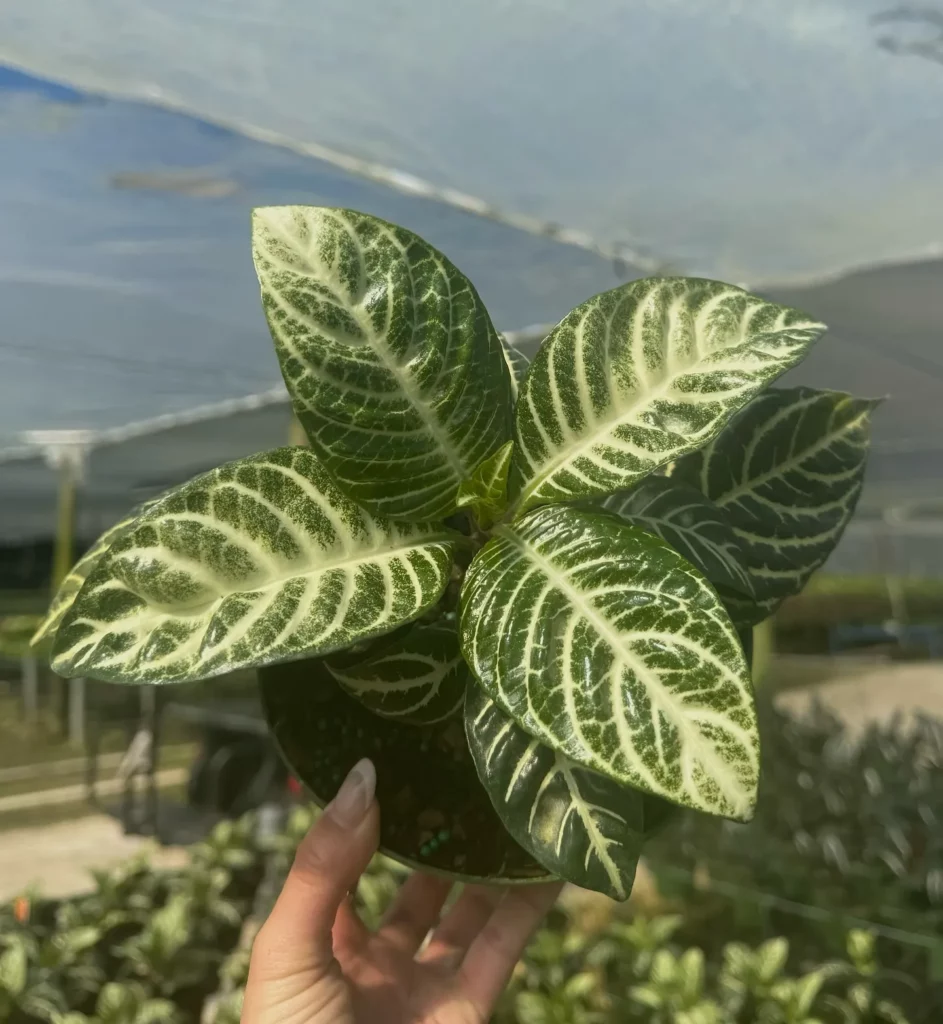
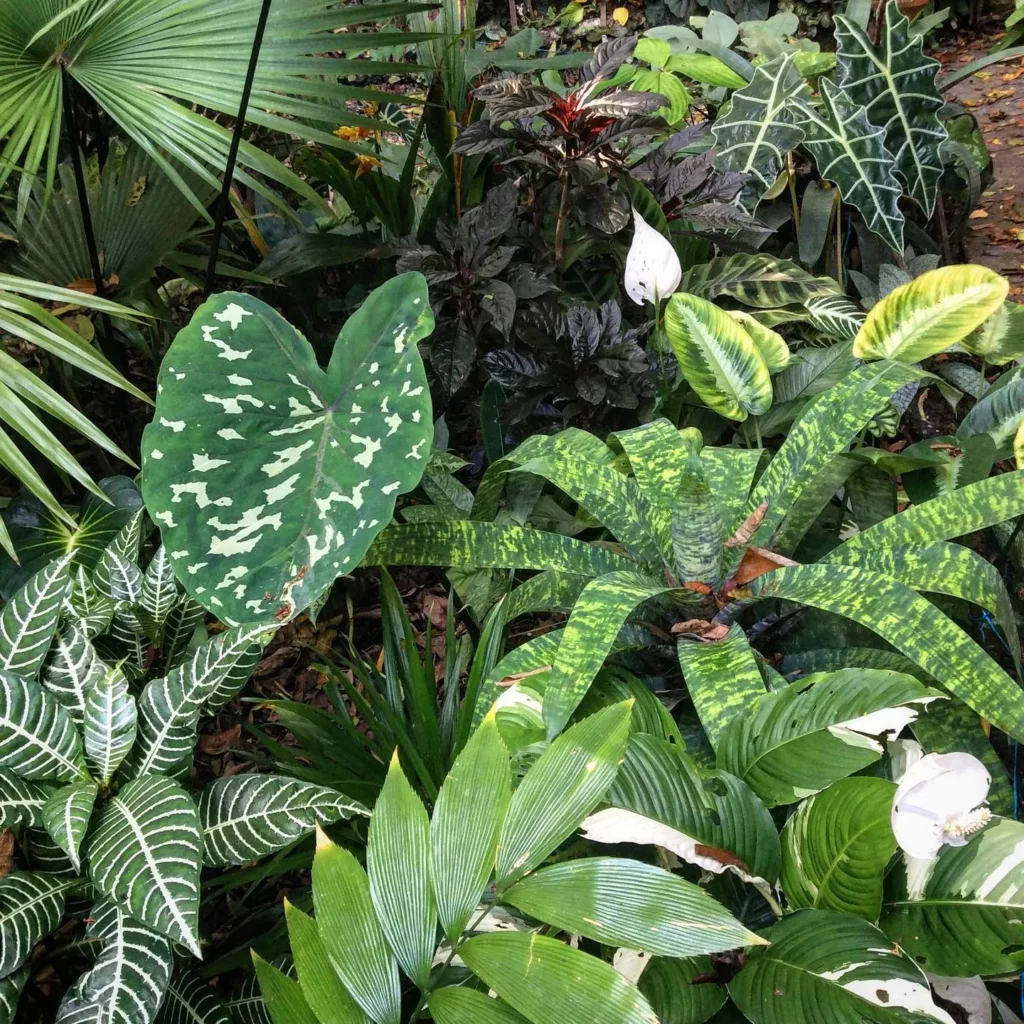
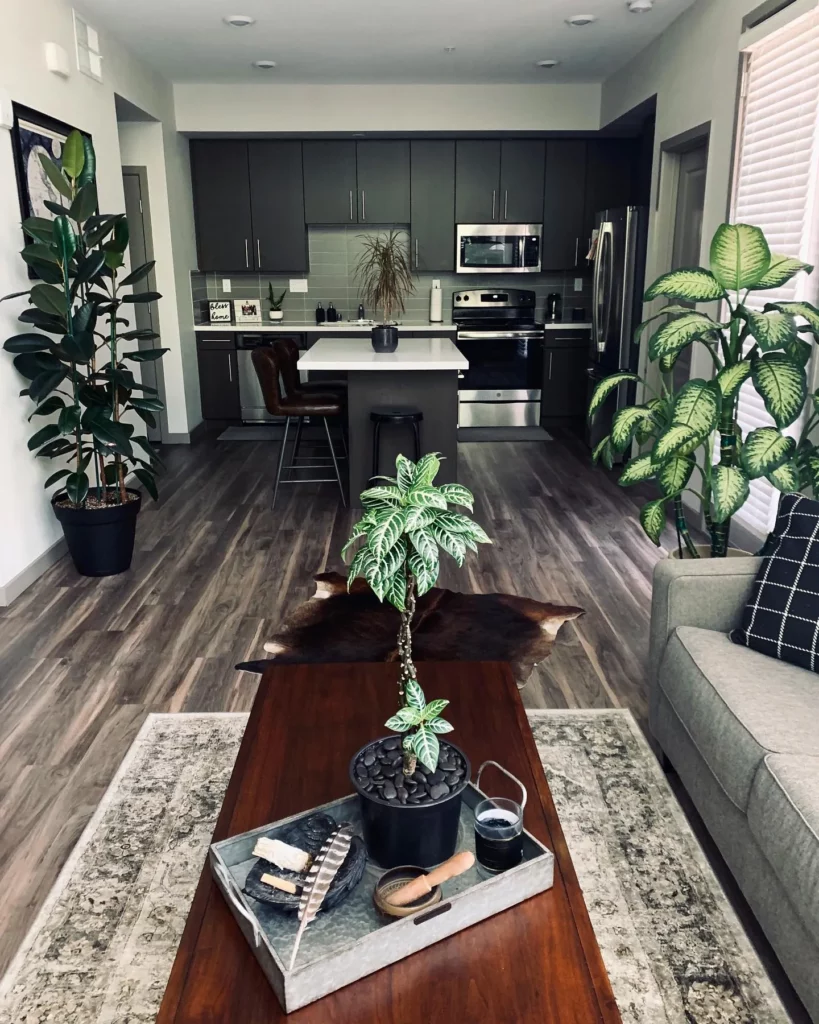
The leaves of the zebra plant are glossy and elongated, adding elegance to its overall appearance. This unique combination of dark green and white gives the plant a visually striking and eye-catching look.
When fully grown, the zebra plant can reach a height between 1 to 6 feet and a width of 1 to 5 feet. Its slow growth rate means that it takes around three years for the plant to reach its full maturity.
No products found.
The zebra plant’s distinctive striped leaves make it a popular choice among plant enthusiasts who seek a visually appealing and statement-making addition to their indoor greenery collection.
| Feature | Description |
|---|---|
| Leaf Color | Dark green |
| Vein Color | White |
| Leaf Shape | Elongated |
| Size | Height: 1 to 6 feet Width: 1 to 5 feet |
Light Requirements for Zebra Plant
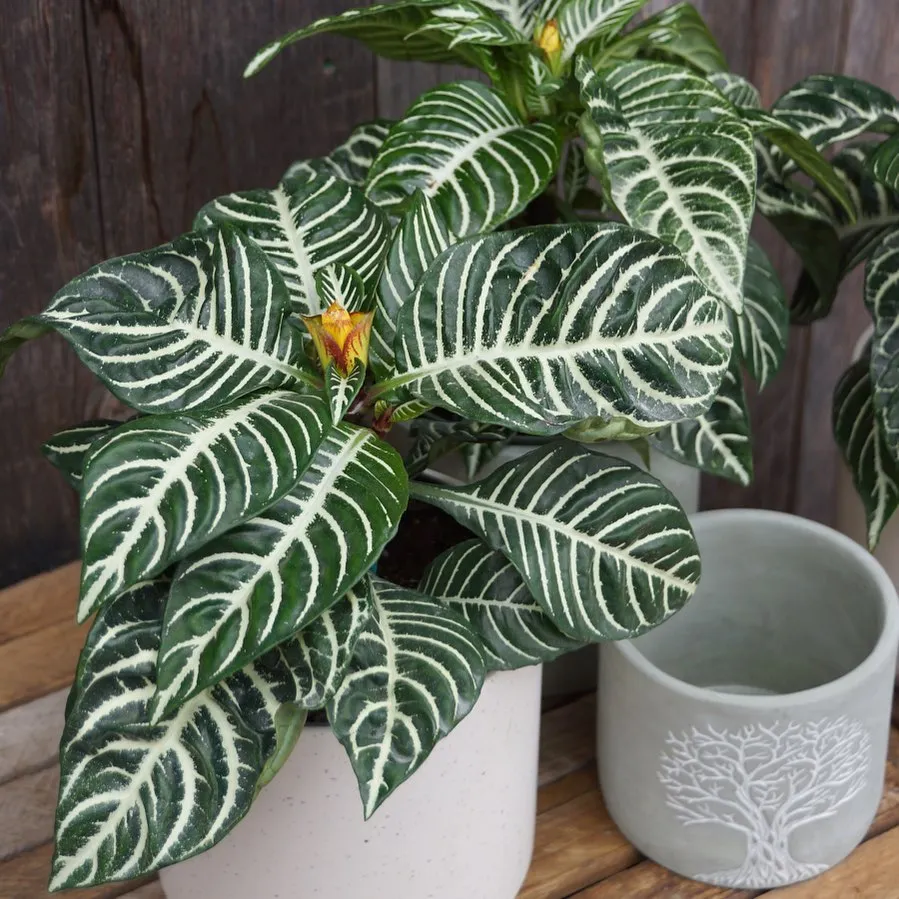
Zebra plants thrive in bright, indirect light or partial shade. These plants are naturally found growing under the canopy of trees in warm and humid climates. Direct sunlight can be too intense for the zebra plant and may cause the leaves to scorch. On the other hand, complete shade can hinder the plant’s ability to bloom.
For optimal growth and development, it is recommended to place your zebra plant in a location that receives bright filtered light. An east or west-facing window is an ideal spot as it provides the right amount of brightness without direct sun exposure.
Indirect light allows the zebra plant to photosynthesize and grow without the risk of leaf damage. The bright filtered light ensures that the plant receives sufficient energy to thrive. Avoid placing your zebra plant in areas with low light conditions as this can result in weak and leggy growth.
Different light levels and their effects on zebra plant growth:
| Light Level | Effect on Zebra Plant |
|---|---|
| Direct Sunlight | Leaves may scorch and develop sunburn marks. |
| Bright Indirect Light | Ideal light level for optimal growth and foliage coloration. |
| Partial Shade | Allows the zebra plant to thrive under the shade of other plants, mimicking its native habitat. |
| Filtered Light | Strikes the perfect balance between brightness and shade, promoting healthy growth and blooming. |
Watering Zebra Plant

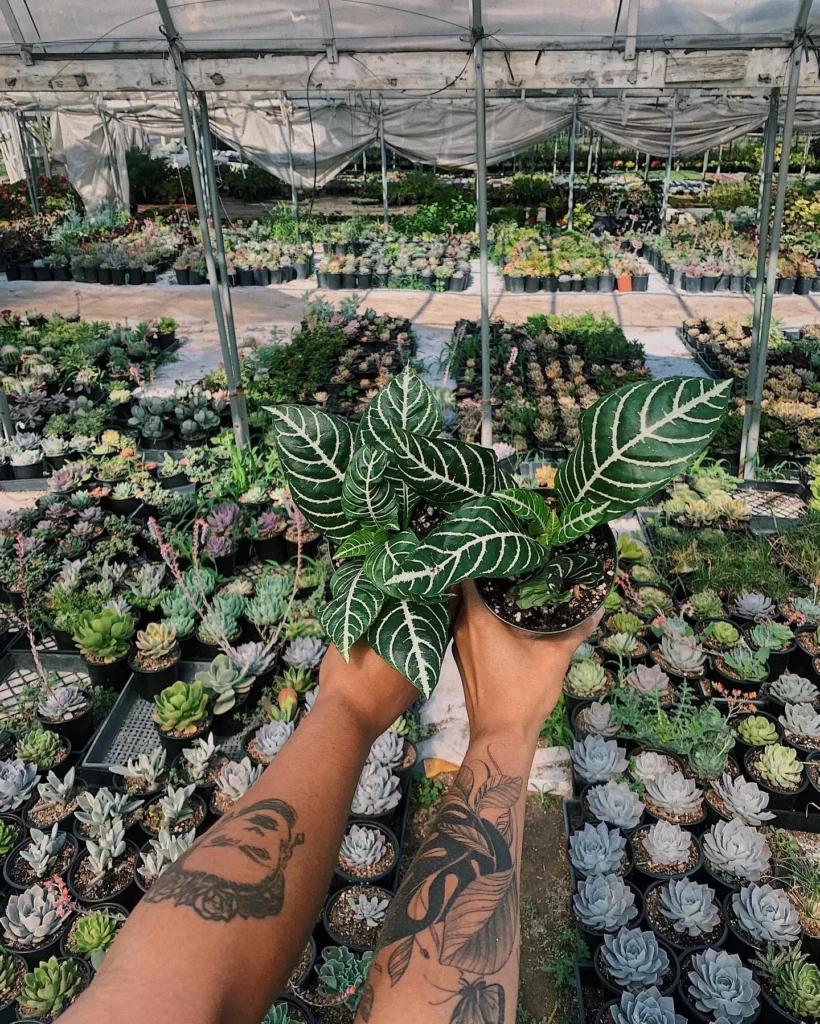

Proper watering is crucial for the health and vitality of your zebra plant. These tropical beauties prefer consistently moist soil to thrive.
To determine when it’s time to water your zebra plant, check the top 25% of the soil. If it feels dry to the touch, then it’s time to give it a drink. However, be cautious not to overwater, as this can lead to root rot and wilted leaves.
The best way to water your zebra plant is through saturation watering. Every few weeks or as needed, thoroughly water the plant until the water completely penetrates the soil and drains out of the pot’s drainage holes. This ensures that the entire root system receives moisture.
When watering, make sure to direct the water under the leaves and avoid watering from above. This technique prevents water from funneling down the stems and causing crown rot.
Fertilizing Zebra Plant
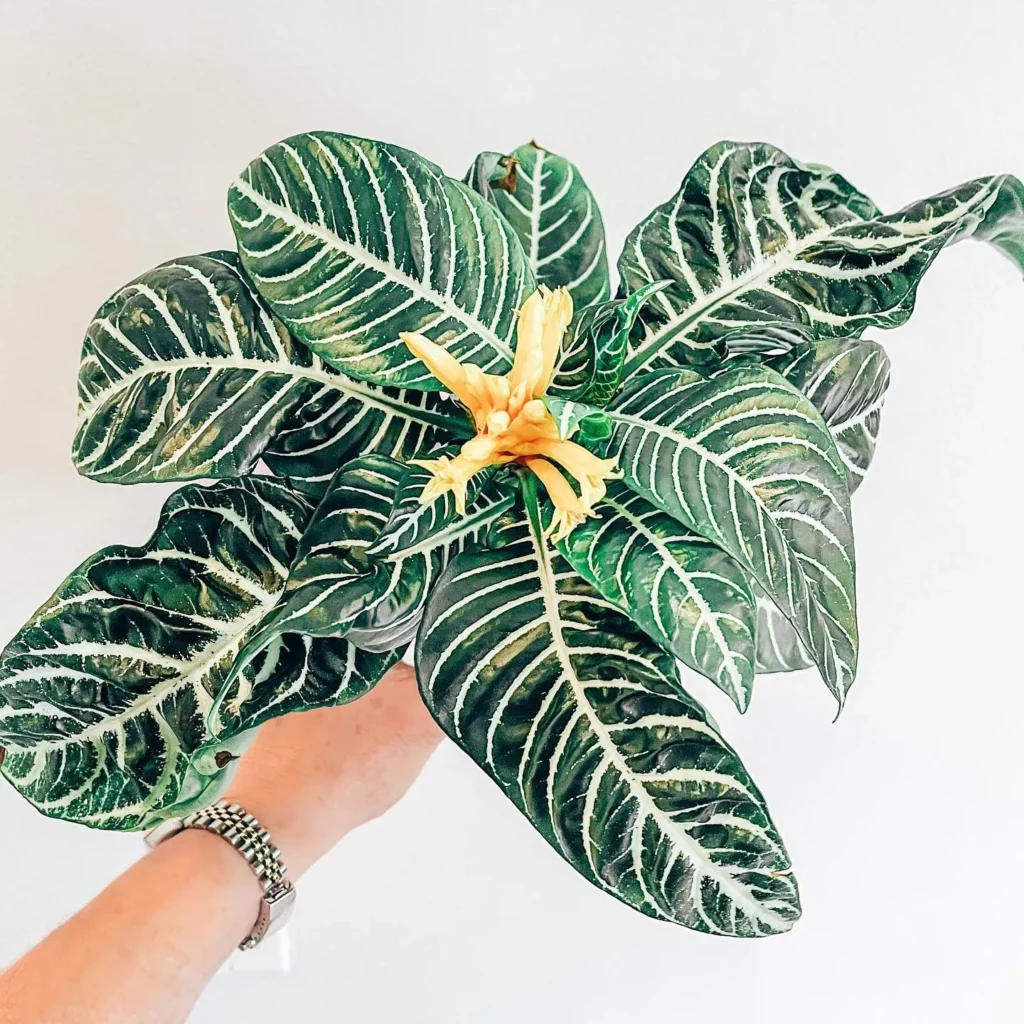
Fertilizing is crucial for promoting the growth and development of your zebra plant, and it plays a significant role in enhancing its foliage and flower production. To ensure optimal results, it’s important to fertilize your zebra plant during its growth season, which typically occurs in the spring and early summer.
During this period, choose a high-quality fertilizer that is specifically formulated for both foliage and flowers. Look for a balanced fertilizer with equal or near-equal proportions of nitrogen (N), phosphorus (P), and potassium (K). These essential nutrients are essential for the overall health and well-being of your zebra plant.
When applying the fertilizer, it’s important to follow the manufacturer’s instructions regarding the dosage and frequency of application. Overfertilizing can lead to nutrient burns and other plant health issues, so be cautious and avoid excessive use.
It is best to fertilize the zebra plant every one to two weeks, or as recommended by the manufacturer. This schedule ensures a steady supply of nutrients without overwhelming the plant’s system.
It’s important to fertilize your zebra plant when the soil is damp, not dry. This allows the roots to absorb the nutrients effectively. Before applying the fertilizer, ensure that the soil is moist but not waterlogged.
By following a consistent fertilizing regimen during the growth season, you can provide your zebra plant with the essential nutrients it needs to thrive. This will result in healthier foliage, stronger stems, and a greater capacity to produce vibrant and abundant flowers.
Benefits of Fertilizing Zebra Plant
- Enhances overall plant growth and development
- Stimulates foliage production and maintains vibrant green leaves
- Promotes the formation of new shoots and branches
- Strengthens the plant’s resistance to diseases and pests
- Increases the plant’s capacity to produce abundant and vibrant flowers
Potting Zebra Plant

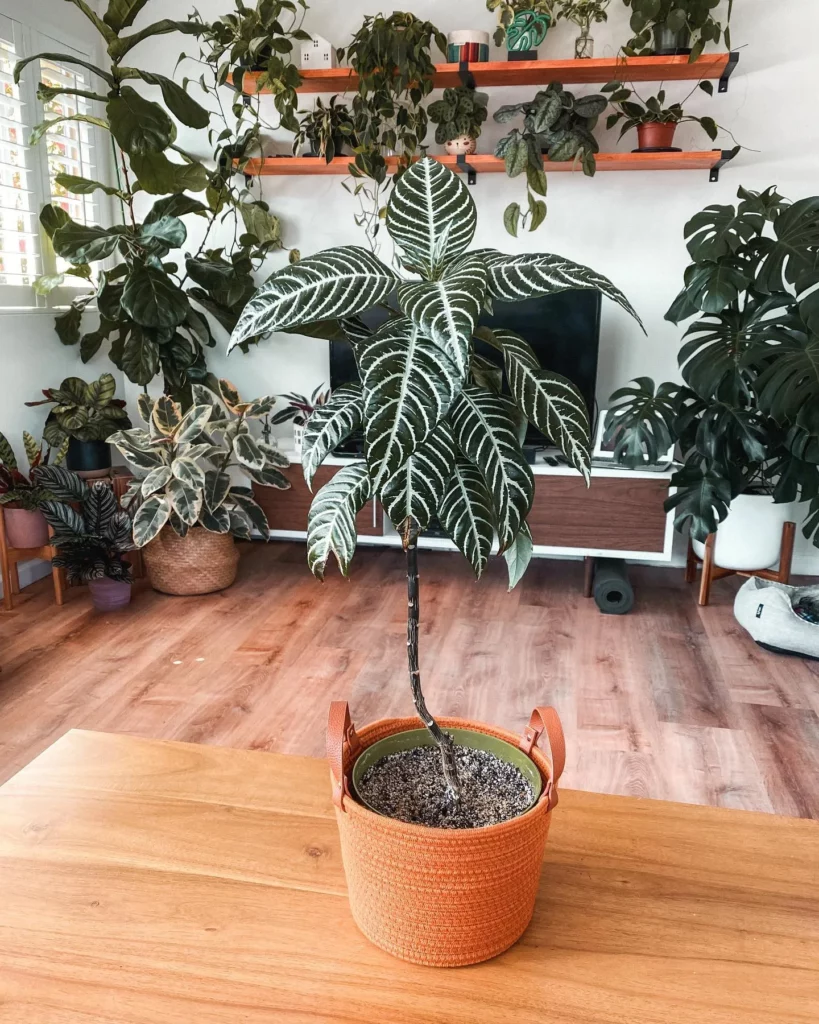
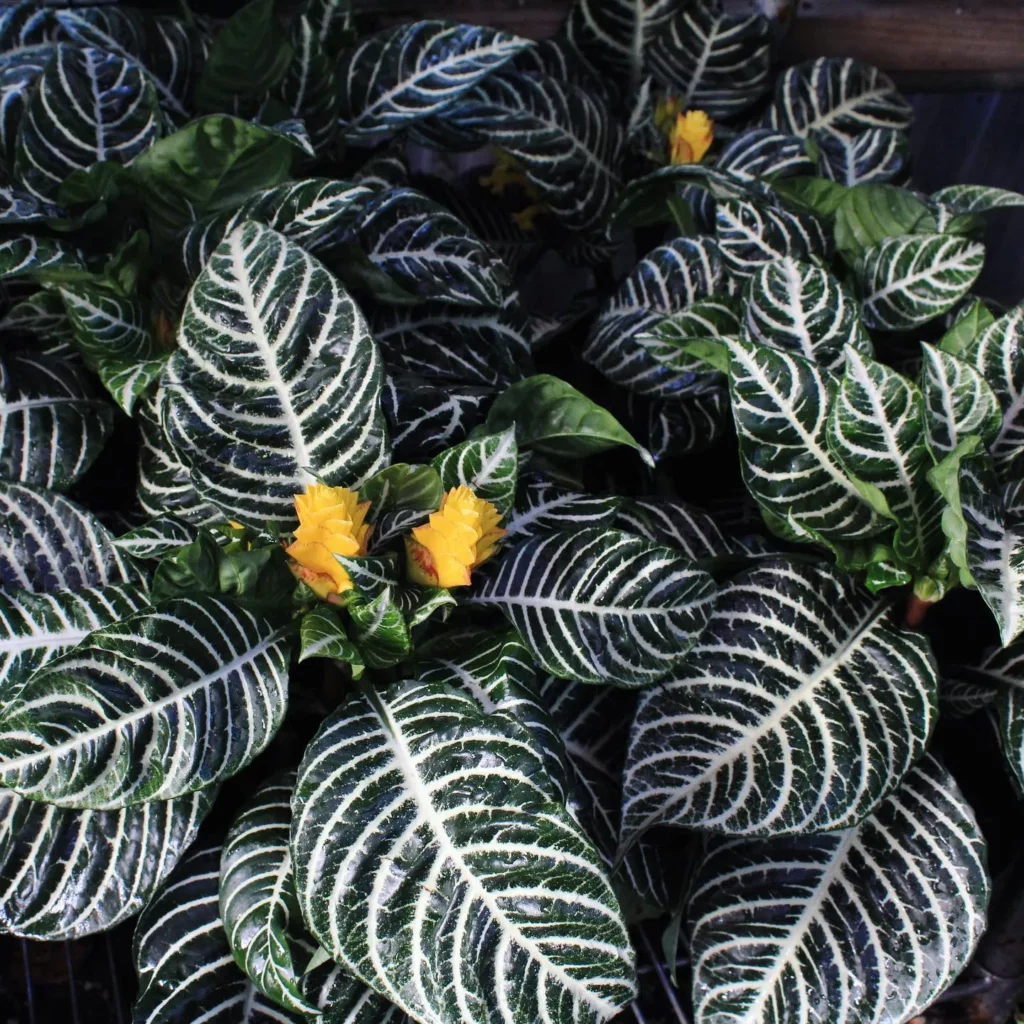
When it comes to potting your Zebra Plant, it’s crucial to create the right environment for its growth. Here are some essential tips to help you pot your Zebra Plant successfully:
No products found.
- Choose a well-draining potting blend: Zebra plants thrive in a well-draining potting blend. A mix of multi-purpose potting soil and sand is ideal for improved drainage that prevents water from accumulating in the soil and causing root rot.
- Ensure proper drainage: Make sure the pot you choose for your Zebra Plant has sufficient drainage holes. These holes allow excess water to escape and prevent waterlogged soil, which can harm the plant.
- Repotting when necessary: Zebra plants typically need to be repotted every two to three years or when the soil becomes compacted or depleted. Repotting offers an opportunity to refresh the soil and provide the plant with essential nutrients.
- Replace the top layer of soil: When repotting, remove the top inch or two of the soil and replace it with fresh potting blend. This ensures that your Zebra Plant gets the necessary nutrients for healthy growth.
Propagation of Zebra Plant
If you want to expand your zebra plant collection or share the beauty of this tropical plant with friends and family, propagation is the way to go. By utilizing stem cuttings, you can easily create new zebra plants. Here’s a step-by-step guide to propagate your zebra plant:
- Begin by selecting healthy side shoots from the zebra plant. Use a sharp and disinfected cutting tool to take 2 to 3-inch-long sections of stems.
- Dust the cut ends of the stem with a rooting hormone. This hormone will boost the chances of successful propagation by stimulating root development.
- Prepare a pot filled with moist soil. Insert the stem ends into the soil, making sure they are secure and stable.
- If your room does not maintain a temperature of around 70 degrees Fahrenheit, place the pot on top of a heating mat. This will assist in maintaining the optimal temperature for root growth.
- The stems require high humidity to develop strong roots. You can create a suitable environment by growing them in a covered terrarium or using plastic wrap over the top of the pot.
- Root growth typically takes around a month. During this time, ensure that the soil remains consistently moist.
- Once the zebra plant stems have grown roots, it’s time to repot them into larger pots to promote further growth and development.
| Propagation Method | Advantages | Disadvantages |
|---|---|---|
| Stem Cuttings |
|
|
Growth and Development of Zebra Plant
Zebra plants are slow-growing, taking around three years to reach their full height of a couple of feet. This slow growth rate is a characteristic of the plant and contributes to its unique appeal. Despite its slow growth, the zebra plant is well worth the wait, as it adds an exotic touch to any indoor space.
One of the most remarkable features of the zebra plant is its colorful flowers. Typically, these flowers bloom in late summer or early fall and bring vibrant shades of yellow, orange, or red to the plant. The flowers can last for up to six weeks, offering a stunning display of natural beauty.
After flowering, the zebra plant enters a resting period. During this time, it requires less water and tends to have slower growth. This resting period is a natural part of the plant’s life cycle and is necessary for its overall health and well-being.
As the resting period comes to an end, new leaf growth will indicate that the plant is ready to resume its normal growth pattern. You may notice fresh, vibrant leaves emerging, signaling the zebra plant’s return to its active phase.
To ensure the plant remains healthy and attractive, regular pruning can be done. Removing spent bracts, wilted leaves, and stems not only improves the plant’s appearance but also promotes better growth and overall vitality.
Pests and Diseases of Zebra Plant
Like many plants, zebra plants are susceptible to pests and diseases that can affect their health and appearance. It’s important to be aware of these common issues so that you can take appropriate measures to control them and keep your zebra plant thriving.
Pests:
Zebra plants can be prone to infestations by various pests, including:
- Aphids
- Mealybugs
- Mites
- Scale
- Thrips
These pests can cause damage to the leaves and stems of the plant, resulting in stunted growth and a decline in overall health.
Controlling Pests:
If you notice any signs of pest infestation on your zebra plant, it’s important to take action immediately. There are several methods you can use to control these pests:
- Use insecticidal soap: This can be an effective solution for treating aphids, mealybugs, mites, and thrips. Make sure to follow the instructions on the product label.
- Specific remedies: Some pests, such as scale, may require specific treatments tailored to their unique characteristics. Consult a gardening expert or a plant care guide for targeted solutions.
No products found.
Common Pests and Remedies
| Pest | Remedy |
|---|---|
| Aphids | Insecticidal soap |
| Mealybugs | Insecticidal soap or rubbing alcohol |
| Mites | Insecticidal soap or neem oil |
| Scale | Manual removal or targeted insecticide |
| Thrips | Insecticidal soap or predatory mites |
This table provides an overview of common zebra plant pests and the recommended remedies for each. Choose the appropriate remedy based on the specific pest infestation.
Common Issues and Troubleshooting for Zebra Plant
When caring for your zebra plant, it’s important to be aware of common issues that may arise and how to troubleshoot them. One common issue is wilting and dry soil, which could indicate underwatering. To remedy this, make sure you are watering your plant adequately and consistently, keeping the soil moist but not soggy.
On the other hand, if you notice yellowing and mushy leaves, it may be a sign of overwatering. To address this issue, adjust your watering routine and allow the soil to dry out between waterings. It’s crucial to find the right balance of watering for your zebra plant to maintain its health.
In addition to watering, your zebra plant may experience problems with air humidity and sunlight. These tropical plants thrive in environments with high humidity, so consider using a humidifier or placing a tray of water near the plant to increase moisture in the air. If your zebra plant is exposed to too much direct sunlight, it can result in browning leaf tips. To avoid this, provide your plant with bright, indirect light or consider using sheer curtains to filter the sunlight.
Lastly, excessive fertilizer or light can also cause browning leaf tips. Ensure you are fertilizing your zebra plant according to the recommended schedule and dilution to prevent damage. If the browning persists, reduce the amount of light the plant receives. Remember to wear gloves when handling the zebra plant, as its sap can cause skin irritation.
FAQ
What does a zebra plant look like?
The zebra plant has dark green leaves with distinctive white veins, giving it a striped appearance resembling a zebra. The leaves are glossy and elongated in shape.
Where should I place my zebra plant?
Zebra plants thrive in bright, indirect light or partial shade. It’s best to place them in a location that receives bright filtered light, such as an east or west-facing window.
How often should I water my zebra plant?
It is important to water the zebra plant when the top 25% of the soil is dry. Water the plant to saturation every few weeks or as needed, allowing the water to completely penetrate the soil until it runs out of the drainage holes in the pot.
How often should I fertilize my zebra plant?
Zebra plants benefit from fertilization during their peak growth season, which is usually in the spring and early summer. Fertilize the plant every one to two weeks with a fertilizer suitable for both foliage and flowers.
What type of soil is best for a zebra plant?
Zebra plants grow best in a well-draining potting blend. A multi-purpose potting soil mixed with sand for improved drainage is suitable for this plant. Ensure the pot has proper drainage holes to prevent water accumulation and root rot.
How can I propagate a zebra plant?
Zebra plants can be propagated in the spring using stem cuttings. Take 2 to 3-inch-long sections of stems from side shoots, dust the cut ends with a rooting hormone, and insert them into moist soil. Provide high humidity for root growth and then repot the rooted stem into a larger pot.
How long does it take for a zebra plant to grow?
Zebra plants are slow-growing, taking around three years to reach their full height of a couple of feet. They typically bloom in late summer or early fall and can live for up to a decade with proper care.
How do I deal with pests and diseases on my zebra plant?
Zebra plants can be susceptible to pests such as aphids, mealybugs, mites, scale, and thrips. These can be eliminated using insecticidal soap or specific remedies designed for each insect. Regularly inspect your plant for signs of infestation and take appropriate measures to control pests.
What are the common issues faced by zebra plants?
Common issues include wilting and dry soil (indicating underwatering), yellowing and mushy leaves (indicating overwatering), dry air, too much direct sunlight, or browning leaf tips (due to excessive light or fertilizer). Adjusting environmental conditions and providing appropriate care can help resolve these issues.





